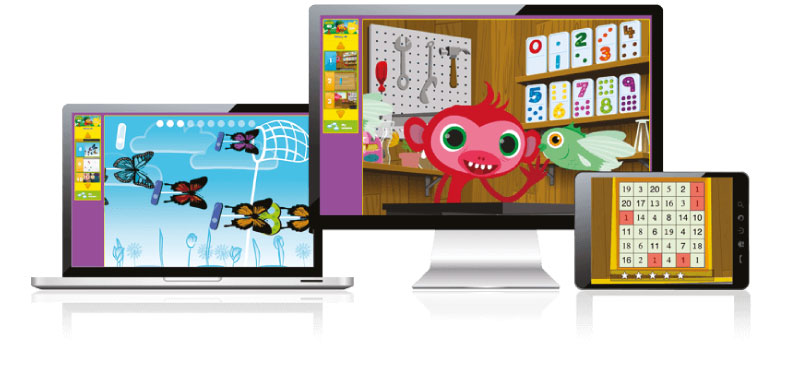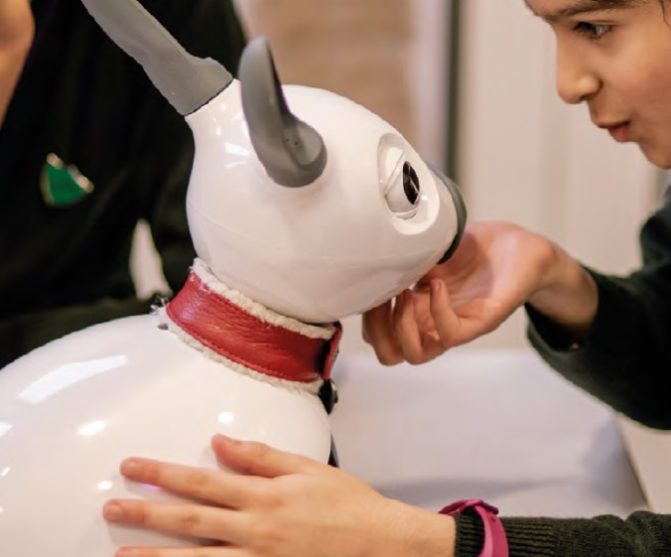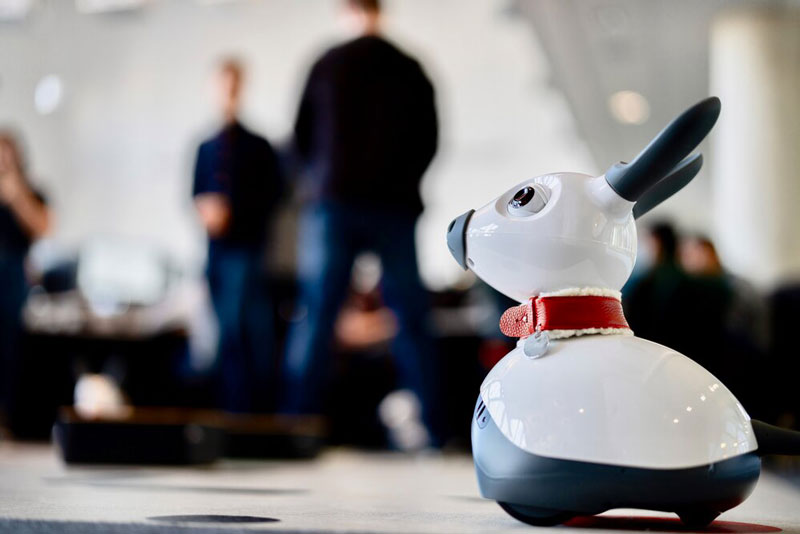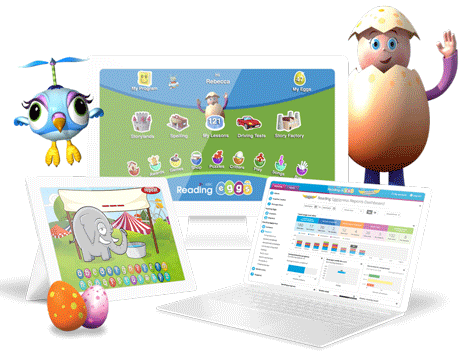
Key Mathematic Concepts of Speed, Time, and Distance
Key Mathematic Concepts of Speed, Time, and Distance
The link between the three variables is the core notion of speed, time, and distance. The distance traveled by a body per unit of time is its speed. To put it another way, speed is distance divided by time.
We’ll go over the fundamentals of speed, time, and distance, as well as the many sorts of questions, tips, and strategies, in this Blog. We’ve also included a few solved examples that can help students prepare for their exams. To dispel any questions about the topic, read the text completely.
Straight line, relative motion, circular motion, trains, and other questions about speed, distance, and time fall into several categories. As a result, applicants should study how the variables of speed, distance, and time interact.

The Speed, Time, and Distance Relationship
Let us examine the link between speed, distance, and time now that we have a firm grasp on their definitions. When an object changes its location in relation to any external fixed point, it is said to be in motion or moving. The three variables that make up the mathematical model of motion; are speed, time, and distance.
- The length of time is proportional to the distance traveled. It states that if two vehicles travel the same distance in the same amount of time, the time is proportional to the distance.
- Distance and speed are closely proportional. It indicates that if two cars are traveling two distances at two different speeds, time remains constant.
“In contrast to” is how “relative” is defined. When two or more bodies traveling at different speeds are compared, the idea of relative speed is applied. To make things easier, one body may be made stationary (i.e. Speed = zero) and the other body’s speed with regard to the stationary body can be calculated as the total of the speeds if the bodies are traveling in different directions or as the difference if they are going in the same direction. Relative speed refers to the speed of a moving object in relation to a stationary object.
The movement of the body is generally calculated in relation to a fixed location. However, there are instances when we need to establish a movement’s direction and its links to a moving body. In such instances, we must take into account the movement of the body against which relative motion is being calculated. The movement of one body with another moving body is called relative movement.
Objects traveling in circles have a speed equal to the distance traveled divided by the time it takes to travel. A circumference is equal to the distance around a circle and is computed as 2π(r), where R is the radius. The period is the amount of time it takes to complete one revolution around the circle, and it is represented by the symbol T. As a result, the calculation 2π(r)/ T gives the average speed of an item moving along a circular path. The rotational frequency is stated in revolutions per minute or revolutions per second in the issue statement. A circumference of distance is equal to one rotation around the circle. By multiplying the rotational frequency by the circumference, one may calculate the object’s average speed.

Mathseeds is a comprehensive online math education platform for children aged 3 to 9 years old, with active reach in Dubai, UAE, and the rest of the Middle East and GCC regions. It includes a large number of well-structured lessons and exercises that help students develop mathematical abilities in a variety of numbers, shapes, and measurement themes. The Mathseeds curriculum is jam-packed with engaging, child-centered activities that make learning a pleasurable and meaningful experience. It rewards students for their accomplishments while teaching key concepts in a fun, motivating, and engaging way.
















Recent Comments